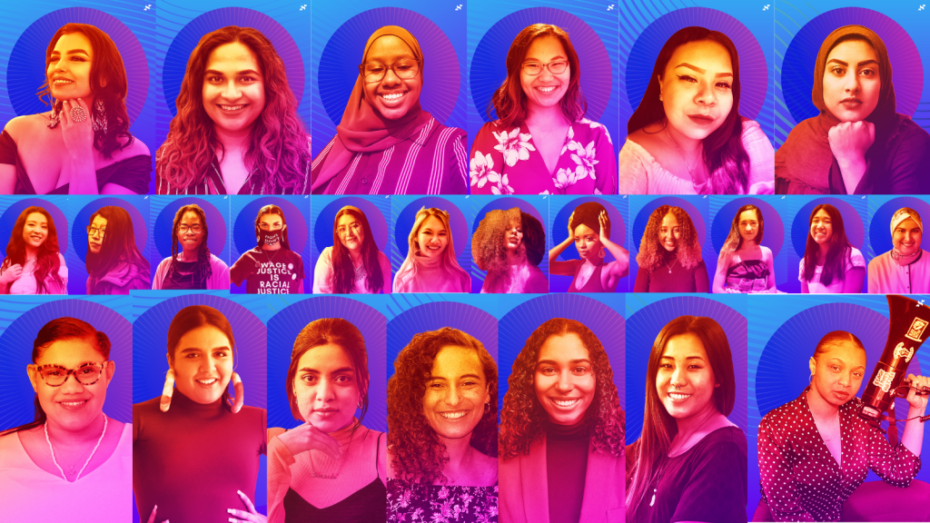Jazmine Wildcat is entering her senior year at Riverton High School in Wyoming. Even as a young person, she has spent most of her years advocating for equality and equity for others and ensuring that humankind and the Earth will be protected for future generations. Being diagnosed with depression and anxiety, Jazmine founded the Nii’iini Project, which focuses on helping others become more involved in their community and become activists to make change, which has helped her as a coping mechanism. The Project was created to give youth another outlet to express themselves and offer an additional conduit to keeping mentally healthy. She was named a Center for Native American Youth 2020 Champion for Change which has since allowed her to continue her work in the mental health arena and help youth across the country.
CLASP interviewed Jazmine for BIPOC Mental Health Awareness Month. Jazmine also participated on CLASP’s panel, “Protest, Movement Building, and Mental Health: A Conversation with Young Leaders.”
Q: Why is addressing mental wellbeing important?
Being healthy mentally is just as important as being healthy physically and one relies on one another. Addressing mental wellbeing is important because there is a negative stigma surrounding mental illnesses and by speaking about it, it brings the subject out of the dark.
Reaching out to people about this difficult topic will validate a person’s feelings and let them know that it’s okay to feel the way that they do. When I started to first show symptoms of anxiety and depression, I didn’t know how to reach out for help because no one ever talked about these common disorders.
It’s essential to start the conversation early about different mental illnesses because by the time some people start talking about it, sometimes it’s already too late. As a society, we need to start addressing this subject and not see it as something that’s taboo because it could mean the world to someone to know that the negative feelings are common and there is help out there.
People are going to be uncomfortable when you first start addressing mental illness and how important a person’s mental wellbeing is. But the more we are open about the topic, the more we normalize getting help when needed.
Q: What impact does historical and cultural trauma play in the work that you do and the people you serve?
Historical and cultural trauma impacts the work and people I serve by providing a sense of understanding that we are predisposed to a variety of mental illnesses through no fault of our own. When the effects of historical and cultural trauma are transferred through generations it is called intergenerational trauma. This relates to mental health among indigenous people as a whole, because all of the atrocities our ancestors faced have an impact on us today and how our brains wired.
The majority of people I help and reach out to are Indigenous youth and we are already fighting uphill battles due to the high rates of substance abuse, suicide, domestic violence, and poverty among our people. Combined with these factors, intergenerational trauma pushes us further down. I work hard to educate the youth, and others who work with youth, about intergenerational trauma and when someone is wondering why they’re feeling the way they are, they need to realize that there are other factors that are at play.
Despite having these illnesses programmed into our genetics, that doesn’t stop me from trying to help others get through the hardships that come with historical and cultural trauma. Sometimes we need to take a different approach and offer more or a variety of supports, depending on what additional issues youth may be facing. Just because a teenager may have a happy home life and seem to have everything going for them, they could still be hurting from the trauma that their ancestor faced over a century ago.

